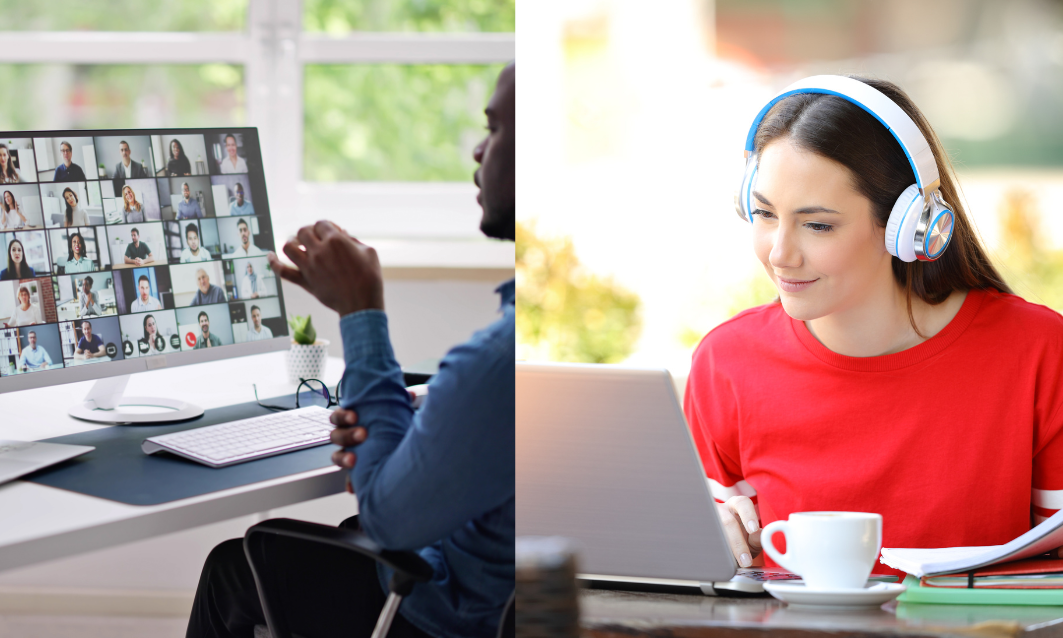As learning practitioners, we have a huge responsibility to provide learners with the opportunity and the tools to learn what they need to know and/or do to be more successful in their jobs or careers. This responsibility is one that I think is often times overlooked in the quest to just get ‘content’ out there. The experience we create for the learner is almost an after thought versus the primary focus in designing and developing a course.
Here are 5 quick ways to focus on the learner experience in your courses:
1. Know your learners
This goes without saying but how well do you really know your learners? Most often we ask the stakeholders or subject matter experts to describe the learner or to think about what they need. But how often do you meet with them and actually ask them what they need, want and what will help them learn the right things to be successful.
Here at TLS Learning, we invite them to be a part of our design process because it isn’t enough to hear about them, we want to meet them and really get to know their challenges and struggles. We want to know what motivates them as well as how they want to learn the new skill that we are teaching.
We really want to learn more about the learners than just their demographics and what the training area or supervisor thinks is important. It is essential to creating a strong experience that truly makes a difference.
2. Make the user experience a non-event
The last thing you want to do is to distract learners with random usability issues that don’t pertain to their learning. Learning and transferring new knowledge is hard enough as an adult that we don’t need to add frustration to that process.
Some ways to make the user experience a non-event is to make sure that buttons and other design elements are in the right places, look like they are supposed to and work as expected.
Here is an example –right now there is no consistency on store POS systems as to which side the Debit or Credit button is on when you swipe your credit card. Also, each button can be red or green depending on the store you are in at the time. Have you experienced this? You swipe your credit card and it asks DEBIT or CREDIT, once you press the button, then you are able to move forward and tell them to submit payment. How many times do you hit the wrong one because it isn’t where you expect it? This little 2 second thing is annoying because you have to think about it AND if you press the wrong button, you have to start over. Maddening. But this is what I am talking about. If we have things like this in our courses, people focus on the wrong things.
3. Start with the experience and/or what they need to know to perform better on their job versus just the content
Adult learners want to know why they need to learn something and how it will improve their lives and their jobs. A few ways to do this right away is to start with a motivational opener that ties what they will learn back to their jobs and potentially show the outcome or impact of the learning (either in a consequence of not learning it or in a reward for knowing it).
For example, we created a course a while back for a company that was in the food packaging business. We started the course with an animated scenario that showed the media interviewing a family eating cereal and their daughter found a foreign particle (from the plant) in her cereal. It certainly made an impact as no one wants to be responsible for having someone eat something that is not the right item or even something that is harmful to people.
4. Use relevant context to connect it back to their job
Show the learner’s real life work area or simulate their environment to truly set the right context. If you are creating a course about coaching employees in a plant or warehouse, don’t make the scenarios reflect an office or boardroom setting. Make it about the learner and their real life experience as much as possible.
A lot of times I hear, “But Tara, I am not a graphic artist, how do I do this?”. Sometimes it can just be as easy as getting out your camera. There are so many ways to adjust photographs today even using powerpoint that it should be simple to change a photograph background to be realistic to the situation that the learner is actually in.
Other times there are ways to do this that don’t even require photography- the point is to bring the context of their work to life to allow them to learn in the actual environment as much as possible. This also helps to take the focus off of the content alone.
5. Surprise and delight them
What surprises do you add into your courses? I don’t mean little distracting things but what are some ways you can surprise and delight your learners as they go through your course.
I think about the Disney Experience for this one. We were at breakfast and the nicest lady brought the girls little mickey mouse shaped waffles with whip cream and syrup. For my girls this was magical (nightmare for me with all that sugar- lol) but their eyes got all big and they were so excited. It was a simple thing to do but they talked about her for the rest of the weekend. Whenever we went back to that restaurant they went over and talked to her and gave her hugs. She stopped what she was doing and got to know them.
How can you create that in your courses? Sometimes it is just a matter of personalizing the experience. Add their name into the course or something else that shows that you thought of them and cared about their experience as they were learning. We sometimes will add in different checkpoints that are customized to that learner.
Get creative with this but really think about what would inspire and delight your audience.
Bonus #6: Sprinkle in a bit of the bigger ‘why’ of learning the content.
Everyone wants to be inspired to take action and to create a better environment or world. Think about how you can sprinkle in those key messages that allow them to connect to the bigger picture or purpose in the world or workplace. Sometimes this means telling a story or to share an experience so there is a way to inspire them to look at their perspective differently.
The key here is to not hit them over the head with it but to subtly add the messages in that will help to inspire them.




